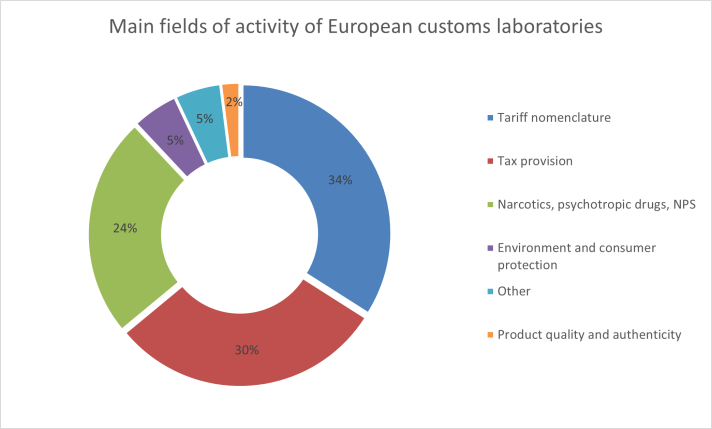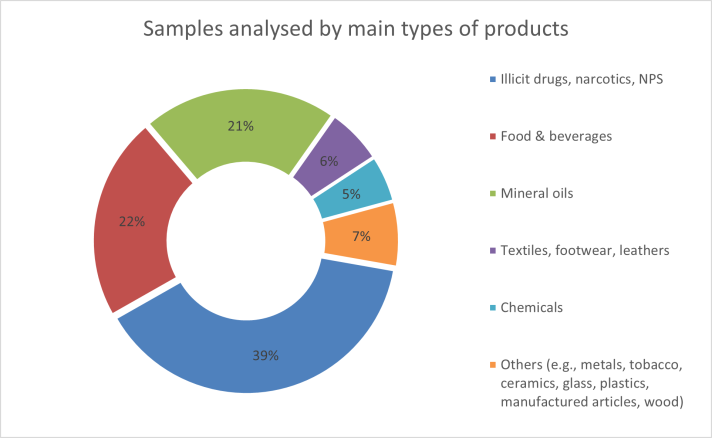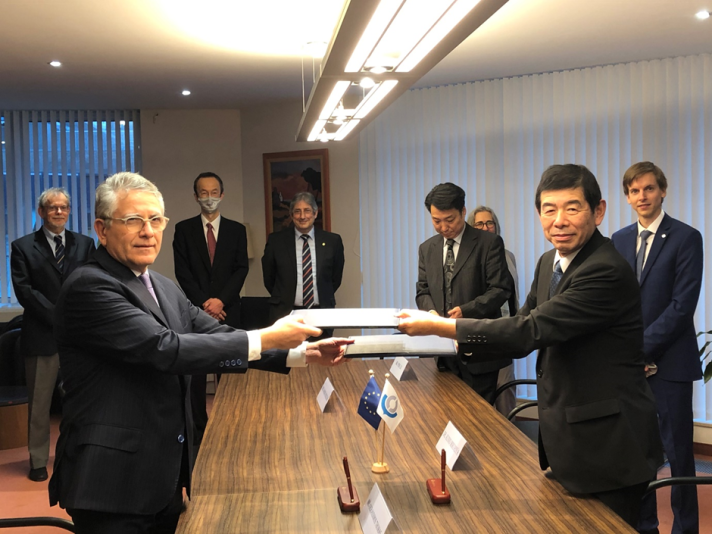Role of Customs Laboratories
The EU customs laboratories provide the scientific expertise needed for customs and tax authorities.
Their main tasks include:
- chemical analyses to determine the tariff classification, level of duties and other taxes,
- control of dangerous substances (e.g., pesticides, pollutants, narcotics, illegal medicines, etc.),
- determining the authenticity of products and tracking counterfeit,
- providing overall scientific expertise to all customs and tax departments, as well as other administrations (e.g., police, justice, environment, etc.).
As such, European customs laboratories play an essential role in:
- the fight against illegal trafficking (e.g., drugs or contraband),
- combating fraud,
- protecting consumers and their health,
- safeguarding the environment,
- helping the fight against terrorism,
- ensuring border integrity.
Have a look at this video to learn more about the missions of European customs laboratories (Video produced by the Tax and Customs Administration of the Netherlands on the occasion of the 6th Seminar of European Customs held in Amsterdam, 22-24 June 2016)
The Customs Laboratories European Network
The EU customs laboratories are coordinated inside the Customs Laboratories European Network (CLEN) - formerly the GCL, Group of European Customs Laboratories.
Since 1999, the CLEN aims at rationalising, coordinating and optimising the use of human and technical resources among EU customs laboratories.
CLEN activities are carried out on an ad hoc and voluntary basis by customs laboratories themselves. Third countries’ customs laboratories may also participate under certain conditions.
One of its most important missions is to anticipate changes in the customs environment and to ensure that customs laboratories are sufficiently prepared to meet both current and future challenges. Through networking, training, meetings and conferences, the CLEN enables the exchange of experience and best practice between its members.
History of the Customs Laboratories
While some of them were established relatively recently, most of the laboratories involved in customs and excise in the European Union have a long history.
The oldest were created in the mid-19th century - starting in 1848 with the Austrian customs laboratory in Vienna – but the majority of the laboratories came into being before the mid-20th century.
Today, 80 customs laboratories and 27 mobile laboratories are spread over the 27 Member States of the European Union. The majority of Member States has a single central laboratory often located in the capital city or close, while others also have a network of laboratories spread over their territory and often located in strategic points (e.g., sea ports, airports, borders, etc.).
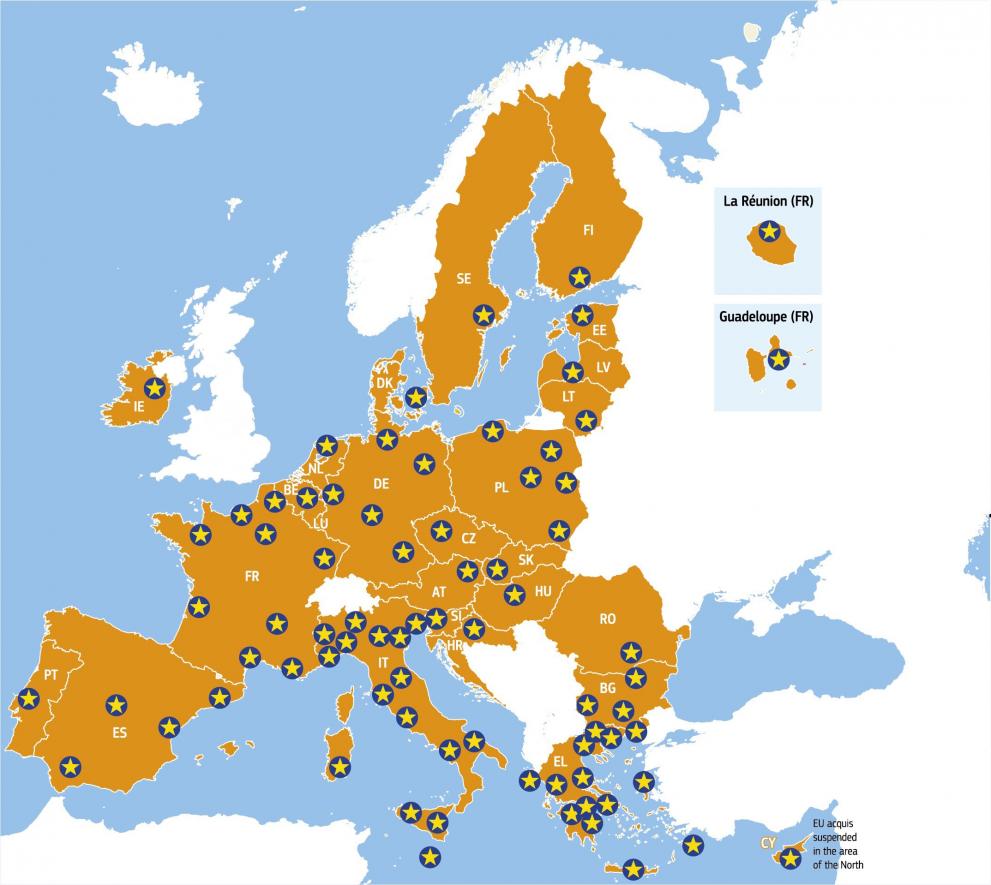
Actions of the Customs Laboratories European Network
The CLEN carries out coordination of laboratories through six integrated actions:
- Action 1 - Inter Laboratory Inventory of Analytical Determination
- Action 2 - Inter-comparisons and method validations
- Action 3 - Networking on quality
- Action 4 - Communication and Strategy
- Action 5 - Scientific expertise
- Action 6 - European Customs Inventory of Chemical Substances
The six CLEN actions are closely linked to each other. For instance, Action 2 activities (Inter-comparisons and method validations studies) often result in validated methods which are included in the ILIADe database (Action 1).
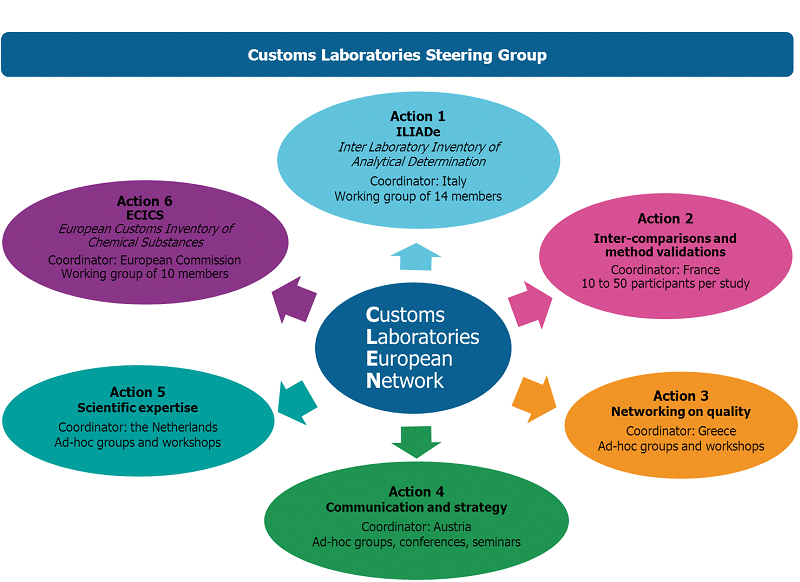
Missions of European customs laboratories
While tax provision and tariff nomenclature related tasks represent around two thirds of their work, European customs laboratories have a variety of other activities.
The EU customs laboratories employ around 1 900 people, mostly public agents. The staff consists of highly qualified individuals, with around 80% of the staff members being chemists and technicians.
The CLEN deals with an average number of over 250 000 samples per year, related to customs and excise tasks, and perform around 837 000 analytical determinations (data collected from the European customs laboratories in 2021).
These samples are:
CLEN as a WCO Regional Customs Laboratory (RCL)
On 14 December 2020, an administrative arrangement was signed by Mr Kunio MIKURIYA, Secretary General of the WCO, and Mr Gerassimos THOMAS, Director-General for the Taxation and Customs Union, concluding CLEN as a WCO Regional Customs Laboratory (RCL). Thereafter, CLEN put its expertise at the disposal of WCO members for supporting activities in the field of Customs Laboratory and tariff classification, such as organizing workshops and seminars, analysing samples using sophisticated methods, sharing data in CLEN databases, etc.

